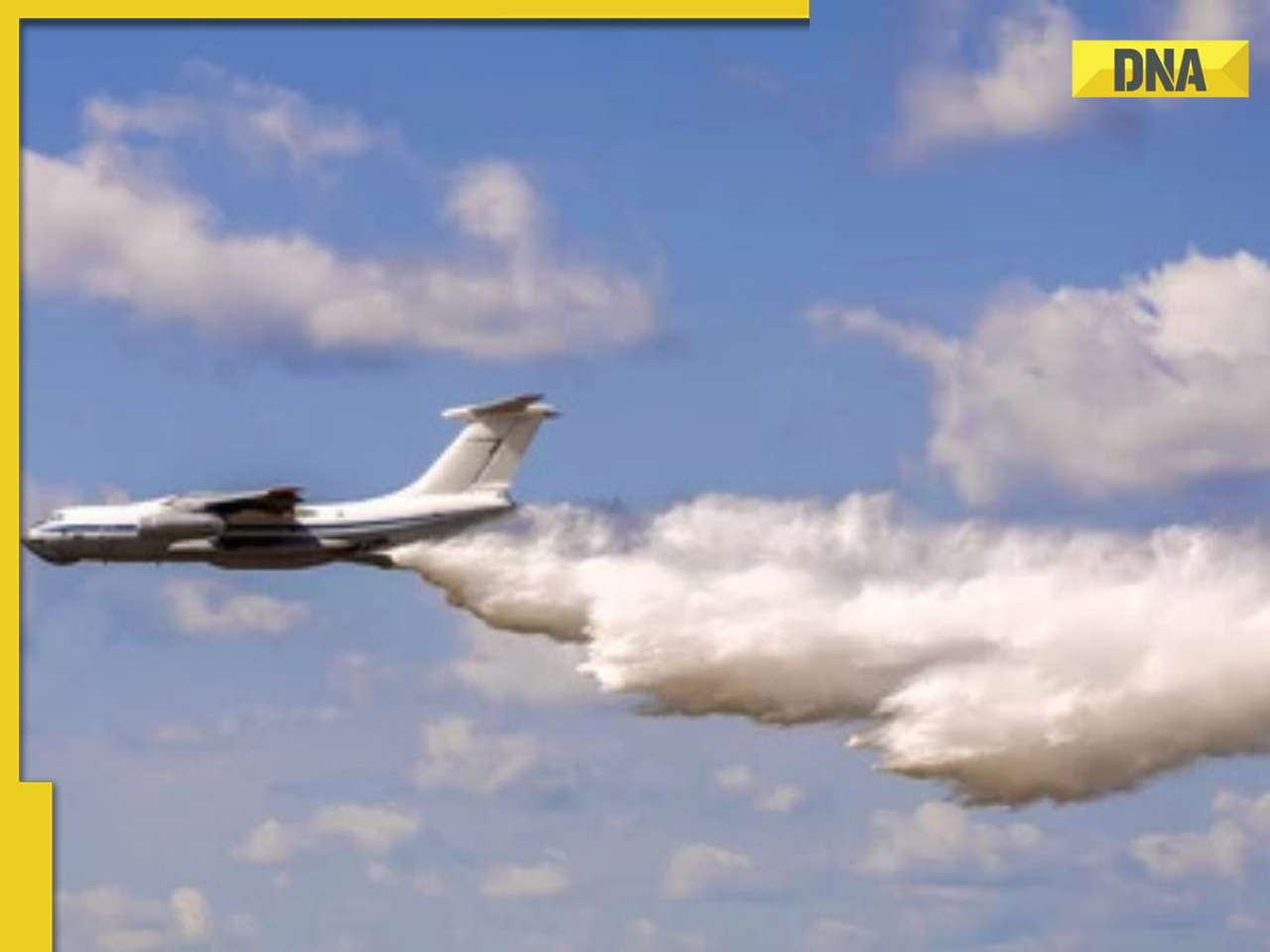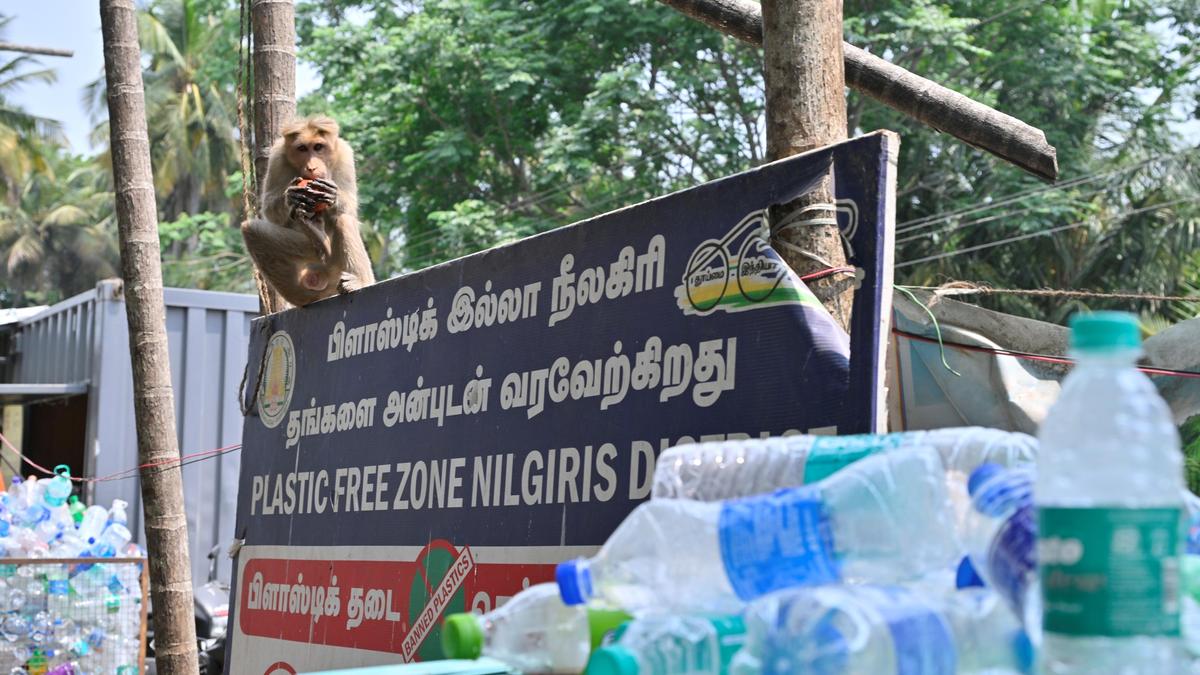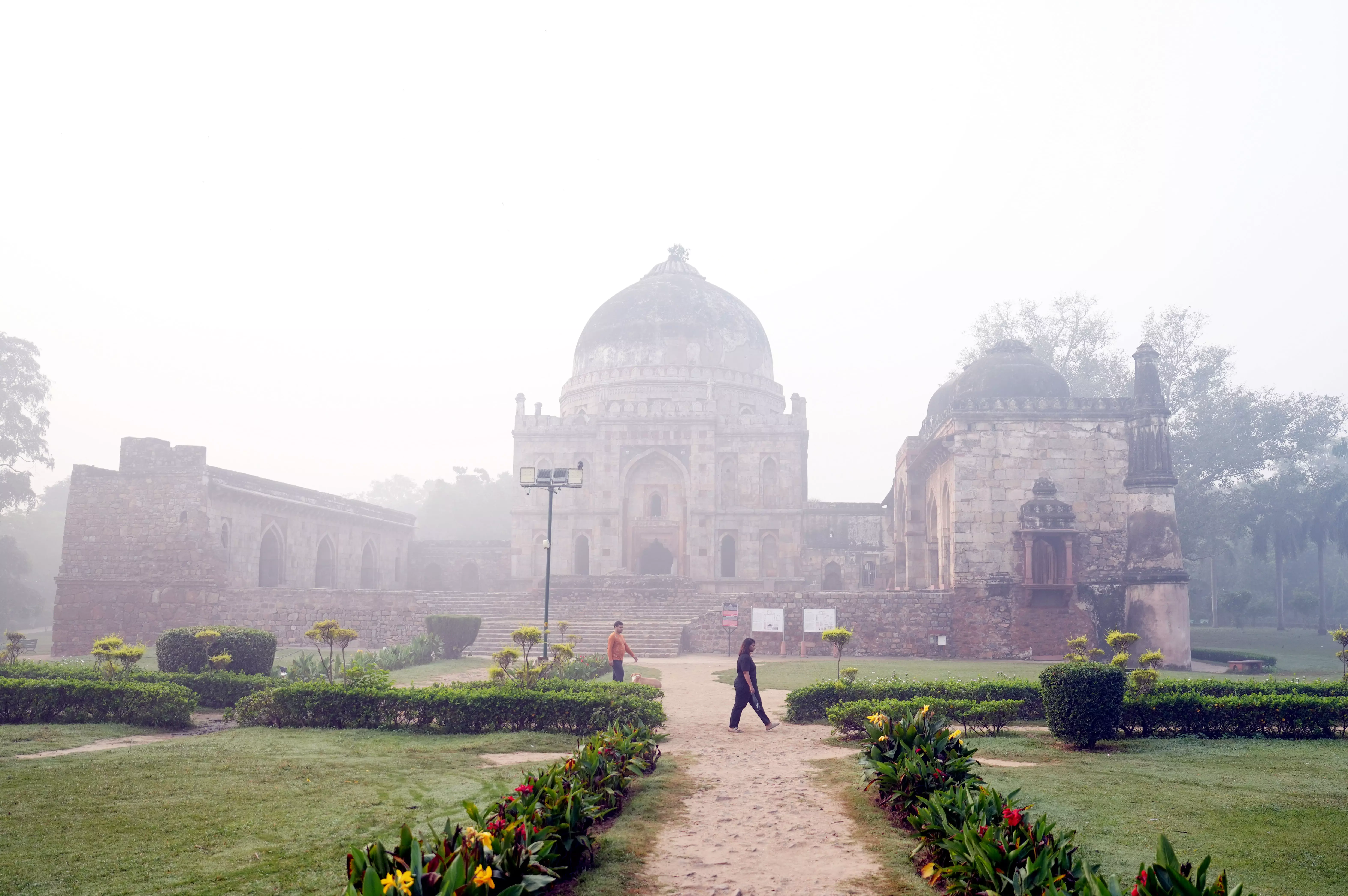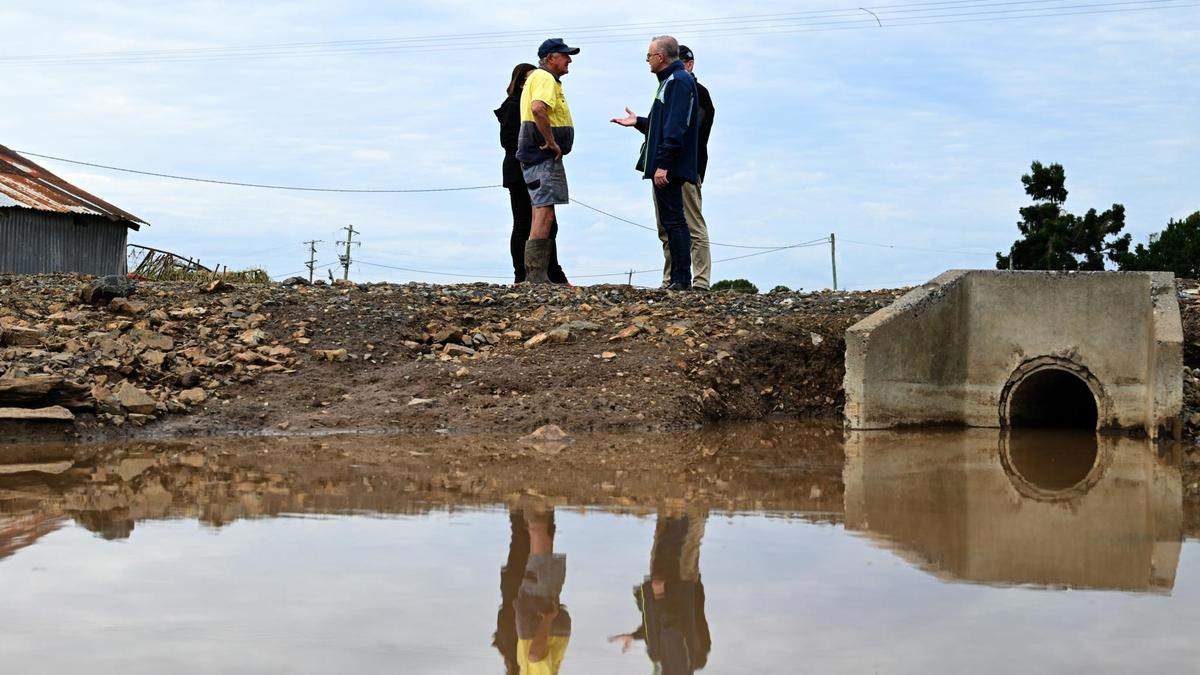Copyright dnaindia

Delhi has been eagerly waiting for artificial rain, also called cloud seeding as the absence of unsuitable clouds delayed the process. A few days back, Delhi Chief Minister Rekha Gupta has announced the completion of preparations for artificial rain through cloud seeding in the national capital. She added that experts have successfully tested it in the Burari area on Thursday. She even said that there is a possibility that clouds may come from October 28-30. What is cloud seeding and how does it work? Cloud seeding is a weather modification technique aimed at enhancing precipitation. It involves dispersing certain substances, most commonly silver iodide (AgI) or salt particles, into clouds. These particles act as nuclei around which water vapour condenses and eventually falls as rain. There are two major types of cloud seeding: Hygroscopic Cloud Seeding and Glaciogenic Cloud Seeding. Hygroscopic Cloud Seeding involves releasing salt-based particles at the base of warm clouds, while Glaciogenic Cloud Seeding involves injecting substances like silver iodide or dry ice into supercooled clouds. Does cloud seeding has negative effects on health, environment? According to experts, silver iodide is used in cloud seeding which sparks concerns about its health impact as it is linked to many health risks such as toxicity, reproductive disorders, developmental defects, and cancer. More concerning is the fact that when it is oxidized it may cause Iodism, a kind of poisoning caused by iodine which can lead to skin rashes, headaches, and respiratory issues. Also, prolong exposure to silver iodide can cause argyria, a condition that causes the human tissues to turn blue or gray in case of excessive deposition in the body. The process of cloud seeding contains potentially harmful chemicals that are released into the atmosphere. While supporters of the process claim of small evidence of harm, the long-term effects cannot be ignored. If these chemicals are released into the environment, the particles would quickly spread and pollute the atmosphere. Another aspect which is concerning is carbon dioxide masking, which highlights how prone is the climate to rising carbon dioxide levels. If pre-industrial cloud cover was more extensive than previously believed, the cooling effect it had on the climate might have been overstated, which could impact future climate predictions. Cloud seeding offers hope for water-scarce regions, but remains a double-edged sword that requires rigorous research, transparency, and consideration of associated health risks.



